Introduction
Turmeric, a vibrant golden spice, brightens cuisines and healing practices across centuries. Farmers extract it from the rhizome of the Curcuma longa plant, a member of the ginger family, Zingiberaceae. Specifically, curcumin, its active compound, provides the spice with a bright yellow hue and powerful properties. For example, Indian cooks use it as a staple in curries and as a natural dye. India, the spice’s primary origin, produces about 80% of the world’s supply. Additionally, practitioners of Ayurvedic and traditional Chinese medicine value its anti-inflammatory effects. Ancient cultures, dating back over 4,000 years, revered this golden ingredient for spiritual and medicinal purposes. Today, people worldwide recognize its health benefits. This article examines the traits, benefits, harvesting methods, and historical significance of this spice. Furthermore, it reflects on its modern role. Let’s explore the golden world of this remarkable ingredient.
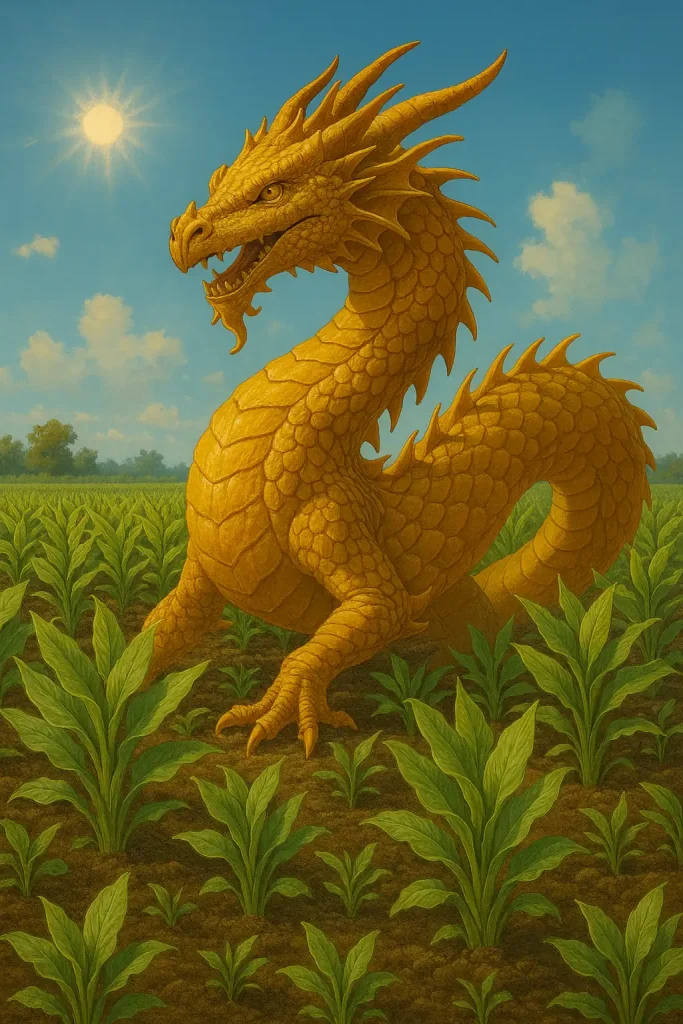
Exploring the Turmeric Physical Traits
Curcuma longa, a perennial herb, thrives in tropical and subtropical climates. Specifically, it reaches a height of 1 to 1.5 meters (3 to 5 feet). The plant originates in South Asia, particularly India, but farmers also cultivate it in Southeast Asia and parts of Africa. It boasts long, oblong leaves, typically 30 to 45 cm (12 to 18 inches) long, with a glossy surface. For instance, the leaves grow directly from the base, creating a dense clump. The rhizome, an underground stem, serves as the source of the spice. This rhizome features a tough, brown outer skin and a bright orange-yellow interior, thanks to curcumin. Additionally, the plant blooms with funnel-shaped, yellow-white flowers in spikes, often nestled among the leaves. It favors well-drained, fertile soil and temperatures between 20 to 30°C (68 to 86°F). The plant also needs ample rainfall or irrigation, around 1,000 to 2,000 mm annually. Therefore, regions like India’s Kerala and Tamil Nadu suit its cultivation perfectly.
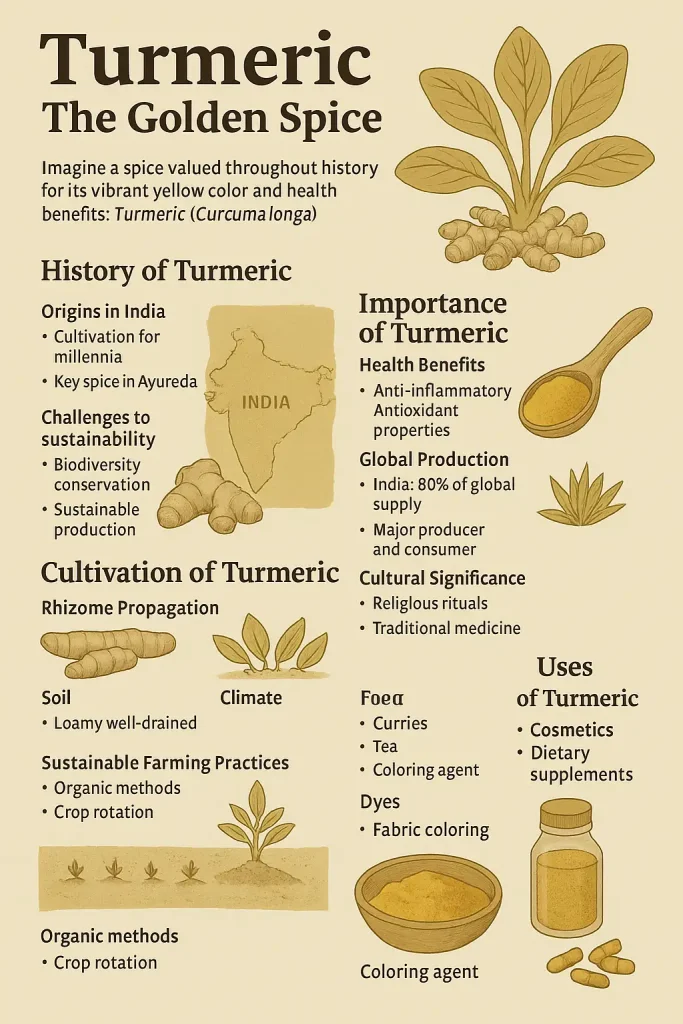
Health Advantages and Culinary Uses
This golden spice offers well-documented benefits, blending traditional use with modern science. For example, curcumin, its main compound, delivers strong anti-inflammatory and antioxidant effects. A 2023 study in the Journal of Clinical Medicine revealed that curcumin lowers inflammation markers by 30% in arthritis patients. This positions it as a natural remedy for joint pain. Additionally, the spice boosts brain health. A 2024 study in Brain Research demonstrated that curcumin improves cognitive function by clearing amyloid plaques linked to Alzheimer’s disease. Another advantage involves digestion. It enhances bile production to aid fat breakdown, as a 2022 study in Nutrients confirmed. Moreover, curcumin fights bacteria like Staphylococcus aureus with its antimicrobial properties. In the kitchen, chefs use it to add color and flavor to dishes, from rice to soups, and it plays a key role in curry powders. However, curcumin’s bioavailability remains low, so cooks often pair it with black pepper to improve absorption. These findings highlight its value in health and cuisine.
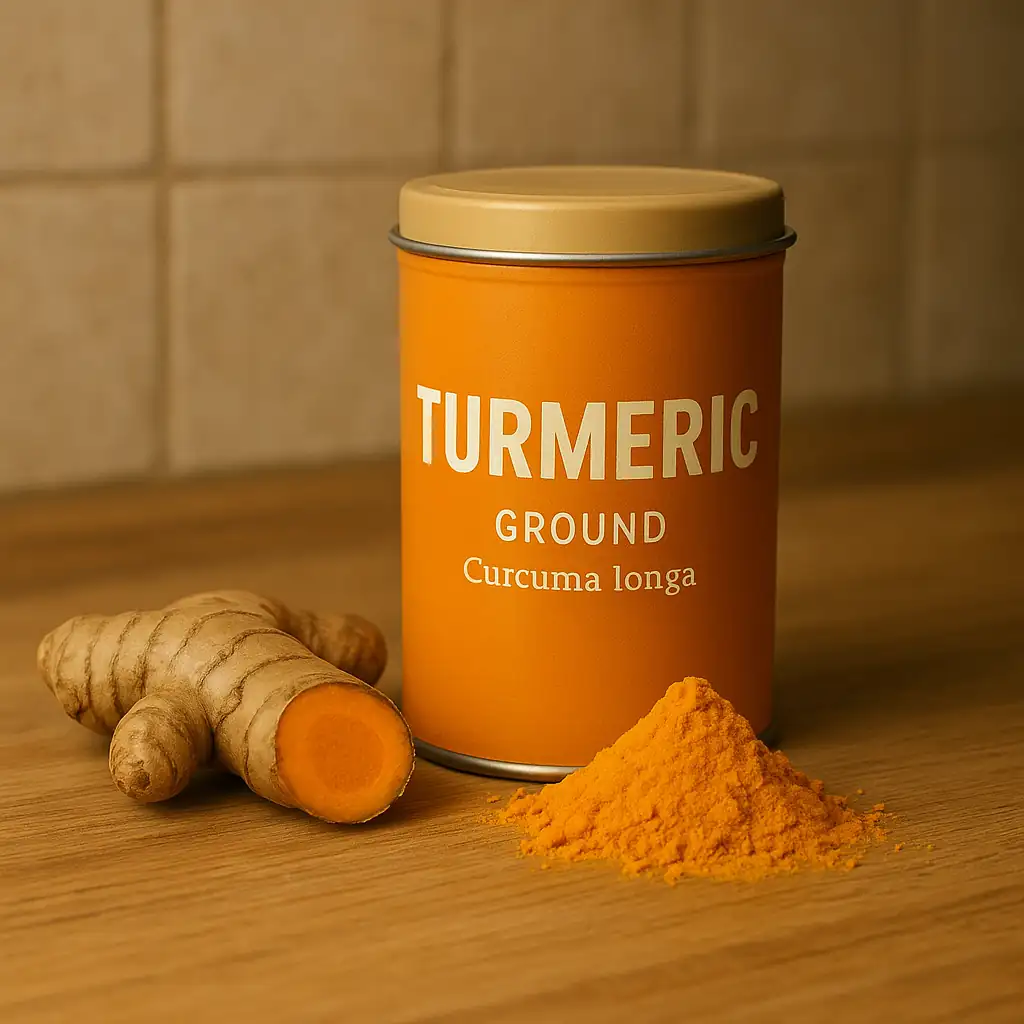
Traditional Harvesting Techniques
Farmers harvest this spice through a labor-intensive process, often relying on manual methods to ensure quality. Specifically, they grow the plants for 7 to 9 months before harvesting, depending on the climate. They wait until the leaves turn yellow and dry, indicating mature rhizomes. For example, in India, farmers harvest between January and April. They carefully uproot the plants with a spade to avoid damaging the rhizomes. Then, they clean the rhizomes to remove soil and small roots. Meanwhile, in Indonesia, growers follow a similar process, though local practices may differ slightly. They boil or steam the rhizomes for 30 to 60 minutes to soften them and enhance their color. After cooling, they dry the rhizomes in the sun for 10 to 15 days until they harden. Additionally, they polish the dried rhizomes to remove the outer skin and grind them into powder. Farmers harvest annually and rotate the soil to maintain fertility. Therefore, this method ensures both quality and sustainability.
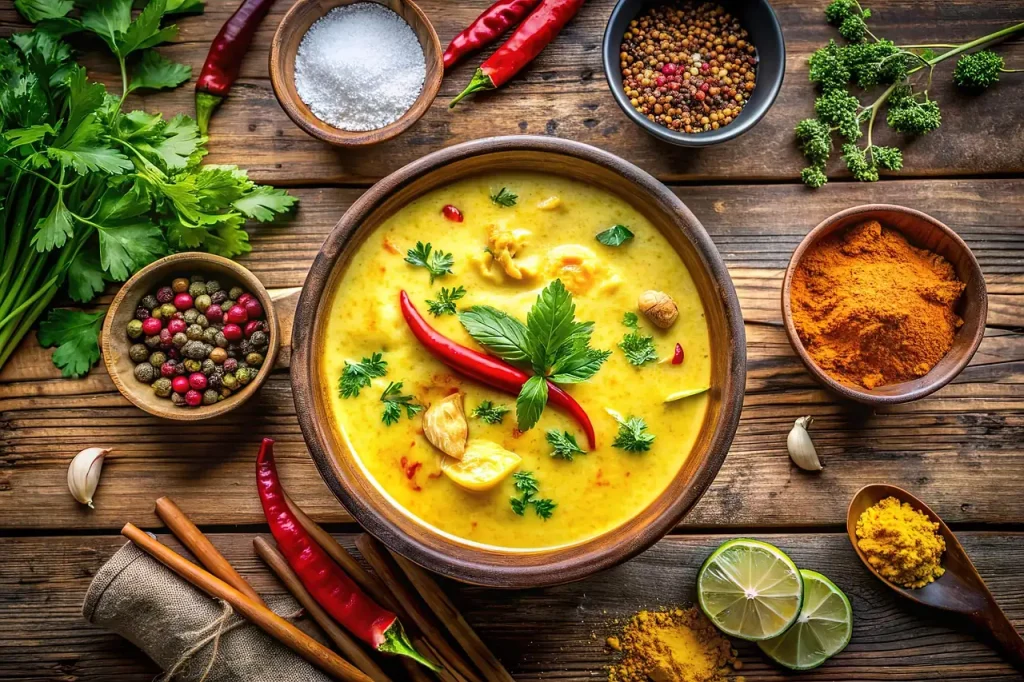
A Historical Journey Across Cultures
The spice’s history spans over 4,000 years, beginning in India. Specifically, ancient Vedic texts from 1500 BCE mention its use in religious rituals and as a dye. Ayurvedic healers prescribed it for wounds and digestive issues, as the Charaka Samhita (circa 500 BCE) records. For instance, ancient Indians called it “haridra,” meaning “yellow wood,” and viewed it as a symbol of purity and fertility. Traders spread the spice along routes to China by 700 CE, where healers adopted it in traditional medicine, as noted in the Tang Materia Medica. Additionally, merchants brought it to East Africa by the 8th century and later to Europe via the Silk Road. By the 18th century, colonial powers cultivated it in the Caribbean. The golden ingredient also held cultural importance. In medieval Europe, people called it “Indian saffron” and used it as a cheaper alternative to saffron. Today, India leads as the largest producer, supplying 80% of the global market. Its historical journey underscores its lasting role in culture and medicine.
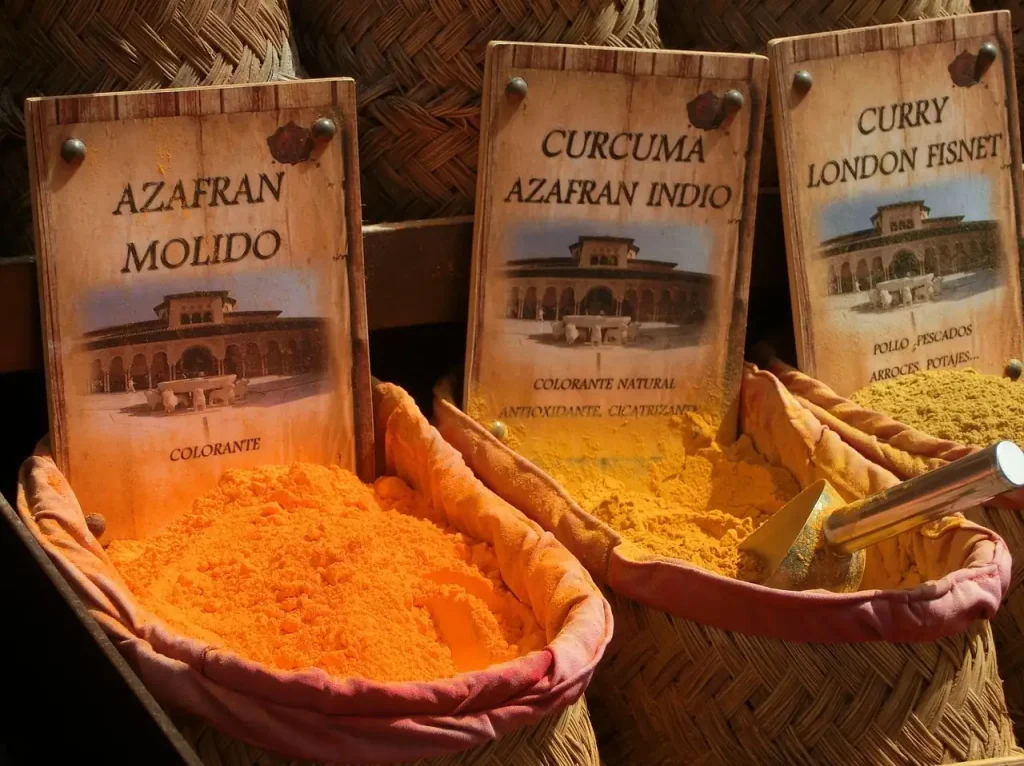
Leave a Reply